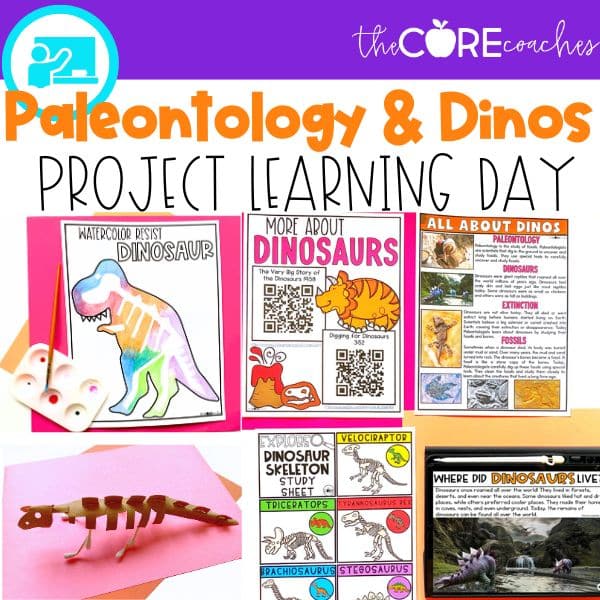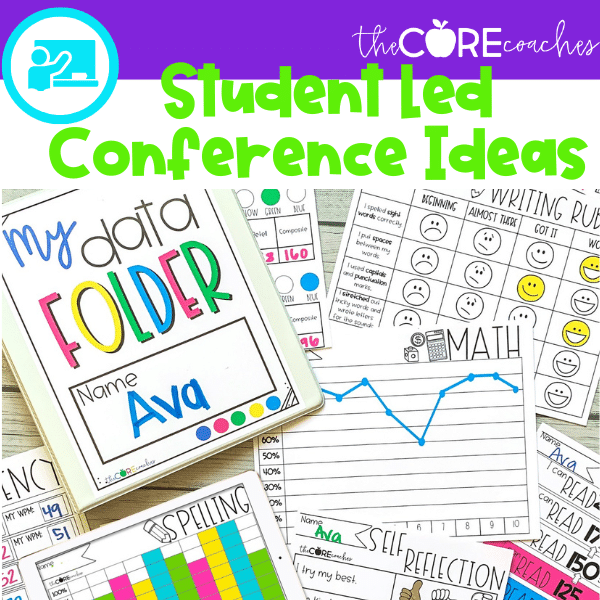Do your students love learning about informational topics? When we were teaching research skills, we found that our students LOVED learning about real world topics. It is one of the great things about teaching first and second graders, they are still super excited about the research process.
Over the years, this love of research may diminish as students get older (at least that’s what we hear from our middle school and high school teacher friends). Thankfully though, as an elementary teacher you get them at the perfect age!
Elementary students are still so excited to learn. Younger students are like sponges who want to absorb all the information. This is perfect when it comes to research. They are intrigued by the idea of not only learning about a new topic, but becoming an expert on it.
Since most students will be excited to do research you want to continue to feed that excitement. Therefore, it is important to create the ideal lesson plan that teaches the research process. Don’t worry, it is easier than you think!
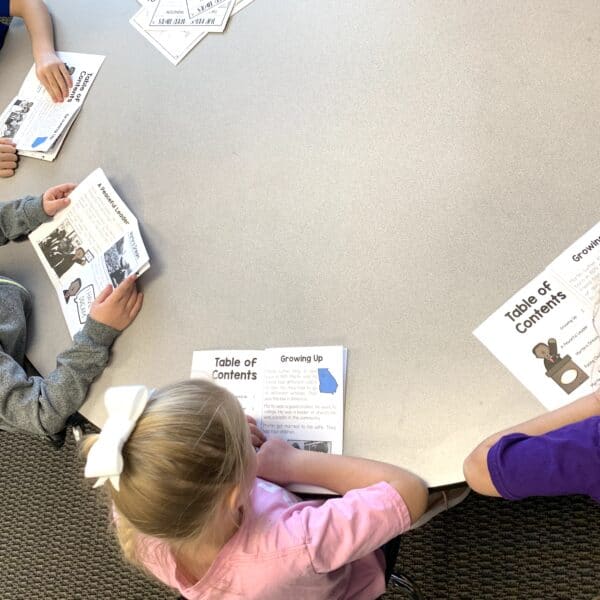
How To Teach Research Skills
When it comes to creating a lesson plan there are 5 steps that will help your students be successful.
- Choose an engaging topic for research
- Find texts for students to use during research
- Give students enough time for research
- Help students record the information they find
- Have students report what they learned
In addition to supporting your students, these steps provide you as the teacher a clear structure to follow. Therefore, every time you want students to do research you know the research process to plan for. This makes for easier planning (and saves you time).
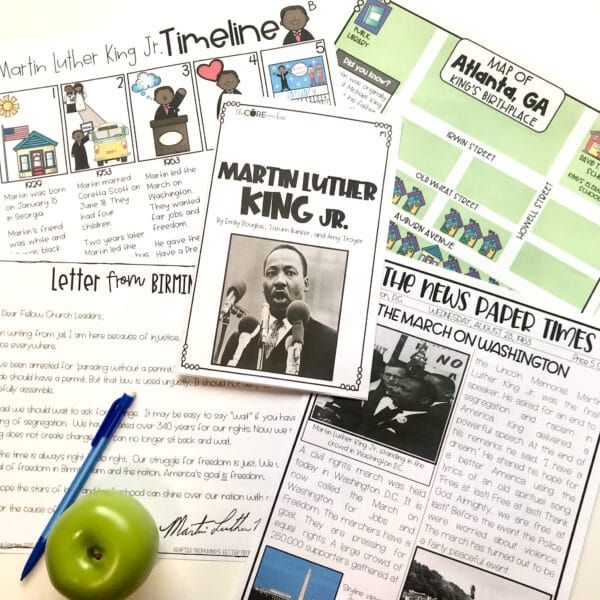
Choose an Engaging Topic for Research
Choosing a topic for research may be the most important part of the lesson. You want to choose a topic that will engage your little learners. One way to do this is to think about their background knowledge. In addition, you think about a research question your students would be excited to answer.
While these are both good research strategies for creating engagement in the research process, you also need to make sure the topic is relevant to the content you need to cover for the year.
The wonderful thing is – there are dozens of topics that fall into both categories. While there are dozens of topics you could choose from, we suggest that you focus on one. Especially in the beginning stages of teaching your first and second graders how to do research.
This doesn’t mean you have to choose the topic on your own though. In fact, we encourage you to get input from each student. You can do this through a whole class interest survey or similar activity.
For example, if you want students to complete research for a historical figure, provide a list of three historical figures to choose from. Then have each student select the one they are most interested in. Whatever historical figure gets the most votes is who the class will research.
In addition to historical figures, other topics that are engaging for students are important historical events, current events, geography, and other social studies topics. Moreover, many students love to complete research related to science (plants, animals, planets, etc.)
Once you have established a solid research protocol you can provide three choices and then allow each student to complete their research on the choice they prefer. In the beginning though, it will be easier to all do the same topic.
Using the same topic allows for easier whole class instruction as you go through the steps. It also makes it easier for the second step of research – finding texts to use during research.
Find Texts for Students to Use During Research
While older students are able to gather their own texts for research, young students need support. Remember, as a first or second grade teacher you are the first one teaching them about research. Therefore, they will need a lot of support.
The area that students need the most support is in finding sources to gather relevant information from. In the beginning, we suggest that you find each source and then share them with your students.
Once students get to middle school and high school they will be required to gather their own books, articles, and other resources. So learning how to do online research is an important skill. However, this particular research skill takes additional time.
So, while we encourage teachers to eventually add in some lessons on how to complete online research to find each source it is not necessary in the beginning stages.
In the beginning, the most important thing is to help students understand that effective research is when they can find multiple sources that say the same thing about their topic. Once students have an understanding of the need for multiple sources, then you can add in another lesson on finding sources. Ask your librarian to help you!
How to Find Sources for Your Students
The one drawback about not having students create their own search results is that it becomes time consuming for you as the teacher to gather enough books, articles, and other relevant sources. In addition, depending on how young your students are, it can be difficult to find quality resources that are age appropriate. Especially if you want them to read the texts independently as part of developing thier information literacy skills.
To help you out, we created our Text Packs for Young Researchers . These printable full-color texts are curated especially for your students. You’ll find a good variety of differentiated texts located in one place and written at just the right levels for your readers.
Furthermore, if you want to save even more time you can use one of our learning quests. These are fully curated research units. Complete with texts that can be read to students and a variety of learning activities, learning quests do all the planning for you.
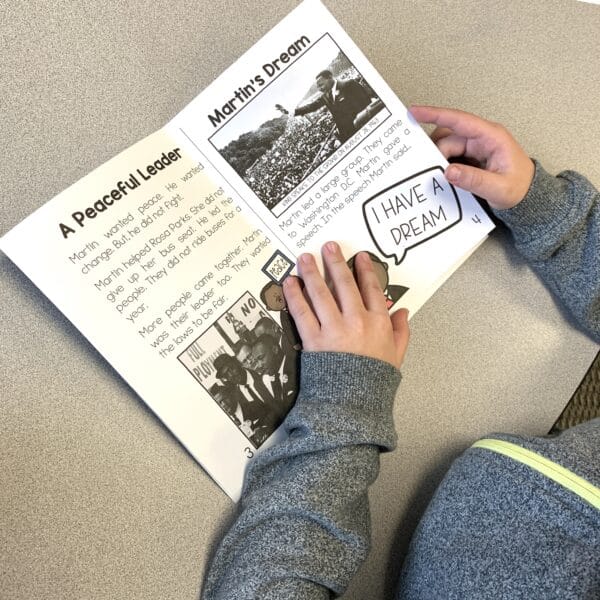
Ready-to-teach Research Lessons for Elementary Students
September 11th: 9/11 Reading, Writing, and Art with Printable Texts (4-6)
Holidays Around the World | Winter Holidays | Distance Learning
Halloween: Then and Now- Reading, Writing, and Art with a Printable Text (1-3)
Black History: An entire month of lesson plans and activities
Animal Research Project | Penguins Differentiated Texts
Give Students Time to Research
Research takes time. Even when you have provided your students with the resources, they will still need time to explore the materials.
To best support your students we encourage you to spread out your research lessons. How long you spread it out will depend on your unit and topic. It will also depend on what grade you are teaching. Moreover, what time of year it is.
A class of second graders completing a mini-research unit on Earth Day in April will be able to complete their research in a couple of days. However, if a group of first graders are doing a research project on pumpkins in October, they will need more time because they are newer to research.
Every class will vary. The most important thing is to give your students enough time to feel like they can do their best work.
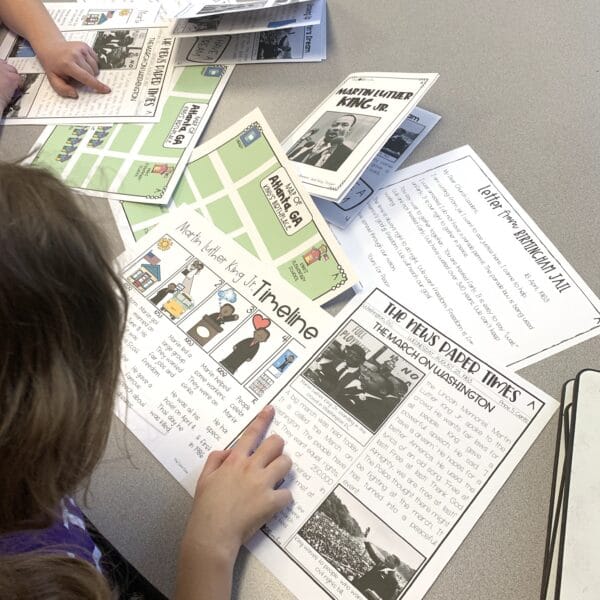
Help students record the information they find
Your students will need to effectively record the information they find. Therefore, teaching them how to complete research includes teaching them how to take notes.
The process of recording information may change from teacher to teacher. Although some schools have a consistent format that is used in all classes (such as Cornell Notes).
While one format works well for some students, other students may connect better with a different format. Therefore, we suggest that you teach students a few different formats for recording evidence. Even if your school encourages one format. In addition, you can support formal research by providing a section for students to track the sources they used.
Our Taking Notes Without Copying pack include note taking sheets to help you teach your students how to effectively record their research.
Have Students Report What They Learned
The reality is that your little elementary students will eventually need to write extensive research papers. So, while they are not going to write a five page research paper in first grade, it is still important to have them transfer their findings to a report.
Support your students in sharing their research by providing them with guided writing activities. This could be a graphic organizer with clear headings for what topics to write about. It may even include specific questions or prompts to answer. It could also be a single prompt that asks students to write 5 things they learned.
To continue to teach students best research practices you may also add a prompt to cite their sources.
In addition to the written report you may also want to provide an opportunity for students to report in another way. You can include a craftivity or presentation to the class. If you use the same topic for the whole class you can even have students work in groups to create a presentation.
Martin Luther Research Project





